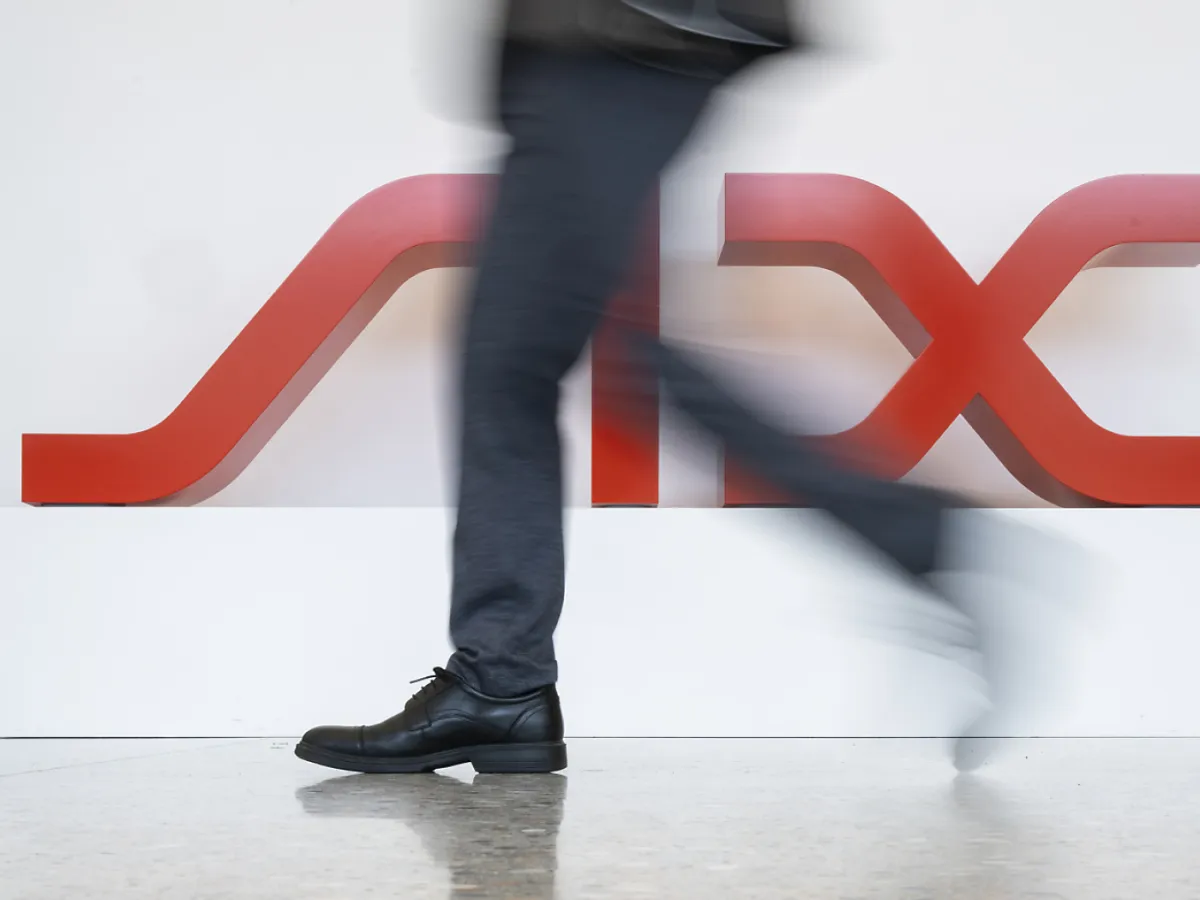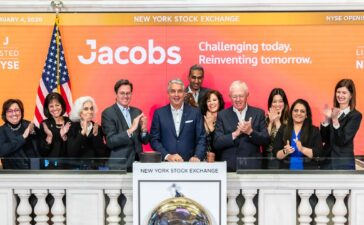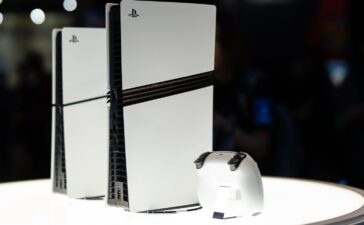- The sharp rally in AI-related tech stocks over the past year has brought up old memories of the 1999 dot-com bubble.
- Some investors have warned that the stock market is exhibiting similarities today that were present right before the dot-com crash.
- But the three charts below suggest that today’s stock market is nowhere near the bubble territory of 25 years ago.
Rising market concentration, a new technology narrative, and stretched valuations suggest to some investors that today’s stock market is just like the 1999 dot-com bubble.
An artificial-intelligence-fueled rally has sent tech stocks soaring over the past year-and-a-half, with the Nasdaq 100 jumping 70% to new record highs. The promise AI has in boosting company profits echoes the promise of the internet during its period of early adoption.
Meanwhile, the top ten holdings in the S&P 500 make up about 30% of the entire index, representing the highest market concentration since the early 1970s.
But on a relative price-performance basis, if today’s stock market really is in a bubble, it would have a lot more room to run higher if it were to rival the 1990’s internet bubble.
These three charts show why today’s stock market has yet to reach extremes relative to the 1999 dot-com bubble.
1. Rolling returns are in-line with 10-year range
Bespoke
During the 1990’s, the Nasdaq 100 was on fire. Here are the annual returns for the second half of the decade:
1995: 42.54%
1996: 42.54%
1997: 20.63%
1998: 85.30%
1999: 101.95%
Those gains translated into a four-year rolling return of nearly 700% at the dot-com peak. Today, the Nasdaq 100 has seen four-year rolling returns of about 100%, which has been at about the same level since 2013. If today’s stock market is in a bubble akin to the 1990’s, it would have to go parabolic to rival the price returns printed by the Nasdaq 100.
2. Three-month rate of change is not extreme
Sentiment Trader
This chart from Sentiment Trader senior research analyst Dean Christians shows that the three-month rate of change in semiconductor stocks is relatively subdued when compared to the dot-com bubble peak.
Back then, the three-month rate of change hit an extreme 257%. Today, the rate of change is at just 45%.
“Can it get more extreme? Anything is possible,” Christians said.
3. The poster child of the bubble: Cisco vs Nvidia
Fundstrat
Cisco has long been seen as the poster-child of the dot-com bubble, with an investor-frenzy driving its stock price up 4,105% from the start of 1995 to its peak in March 2000.
Nvidia is largely seen by investors as the poster-child of today’s stock market rally, with the semiconductor company seeing its valuation soar to nearly $2 trillion.
But according to Fundstrat analyst Matt Cerminaro, Nvidia stock would have to triple over the next year to rival the bubble that was Cisco. Cerminaro created a chart comparing the price action of Nvidia today to Cisco’s price action during the dot-com bubble.
“Nvidia has to 3x in 433 days to be at dot-com ‘bubble levels’,” Cerminaro said.

















